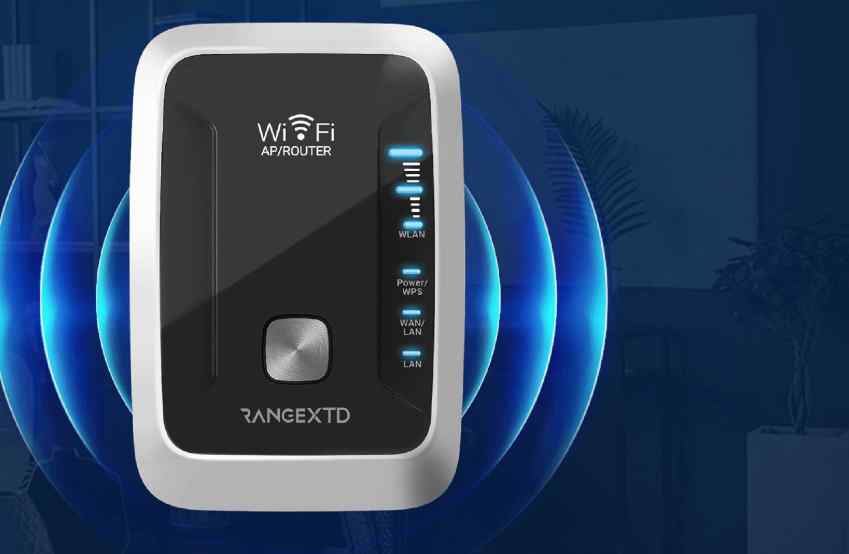
Plug-in extenders are much smaller than their desktop counterparts and are inserted right into a wall outlet. Most desktop extenders look just like a wireless router and are typically equipped with external adjustable antennas, multiple LAN ports for connecting to devices like TVs and gaming consoles, and USB ports for attaching to peripherals such as storage drives and printers. There are two types of range extenders: desktop and plug-in. Do You Need a Desktop or Plug-In Extender? If you recently bought a new router that supports this standard, you'll certainly want to make sure any range extenders support it as well. The same goes for the latest Wi-Fi 6 technology.

If your router supports Multi-User Multiple Input Multiple Output (MU-MIMO) data streaming, which provides enhanced performance by sending data to compatible clients simultaneously rather than sequentially, look for an extender that supports this technology if you want to extend your MU-MIMO network. For example, if you have a dual-band AC1900 router, get a dual-band AC1900 extender (or better). When shopping for a range extender, it's important to find one that matches your router's specs. How to Find the Right Extender for Your Router Range extenders provide a relatively easy way to deliver Wi-Fi without having to run cables. In most homes, however, the router's location is tied to the room where the internet enters the house, which means relocating the router will likely require running an Ethernet cable to the desired area. In some cases, you can relocate your router to a central location to deliver a stronger signal to those dead zones that were previously out of reach.

Likewise, homes with multiple floors and many walls are more susceptible to signal loss than a one-story home with an open floor plan. But for homes built with dense materials like brick, concrete, plaster, and metal, some level of signal degradation is almost a certainty. Range extenders come in various shapes, sizes, and speeds, but they have their limitations they are typically half as fast as your primary router, and they create a separate extended network that makes seamless roaming difficult.ĭepending on the size and layout of your home, a mid-to-high-end router may provide all the Wi-Fi coverage you'll need. When paired with a budget-priced router, you can build a tandem system that gets coverage as good as, or possibly better than, what you'd get from a single high-priced router.

What makes them attractive is that they are easy to install and inexpensive.



 0 kommentar(er)
0 kommentar(er)
